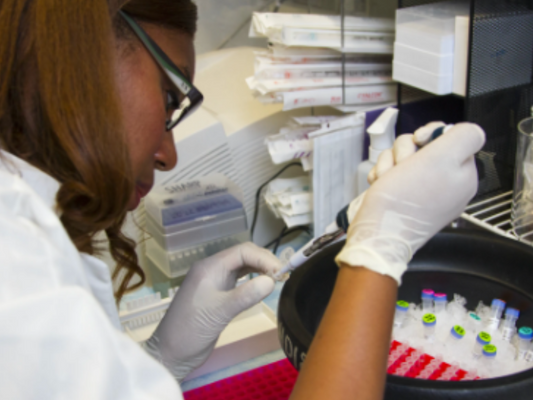Lactose intolerance is an across-the-board condition that most of us will have heard of. While a condition Brits are becoming increasingly aware of, here are some interesting and perhaps unexpected facts about it:
- UK Sufferers: In the UK, it's estimated that 5% of the population is lactose intolerant. Please note that this percentage can vary depending on genetic background and ethnicity. The condition is more common in people of East Asian, West African, Arab, Jewish, Greek, and Italian descent.
- Hidden Lactose in Foods: Many people are shocked to learn that lactose is in various non-dairy products. This includes some breads, cereals, soups, margarine, dressings, and even some medications.
- Famous People with Lactose Intolerance: Many celebrities have publicly shared their struggles with lactose intolerance. These include actresses Zooey Deschanel and Anne Hathaway, as well as Wrecking Ball singer, Miley Cyrus. Their experiences highlight that lactose intolerance can affect anyone, regardless of fame or status.
- Surprising Symptoms: While most associate lactose intolerance with digestive issues like bloating, gas, and diarrhea, it can also lead to other symptoms. Some individuals report experiencing headaches, fatigue, and even joint pain as a result of consuming lactose.
- Genetic Component: Lactose intolerance often has a genetic component. The ability to digest lactose beyond infancy is actually a genetic mutation that occurred relatively recently in human evolution. As a result, in some populations, the majority of adults are lactose intolerant, while in others, lactose tolerance is more common.
- Evolutionary Background: The persistence of lactase, the enzyme that breaks down lactose, in adults is most common in populations with a long history of cattle domestication and milk consumption, such as those in Northern Europe. This is an example of dietary habits influencing genetic evolution.
- Lactose-Free Alternatives: The rise in awareness of lactose intolerance has led to a surge in lactose-free products, including milk, cheese, and ice cream. These products are made by adding the enzyme lactase during processing, which breaks down lactose, making it easier to digest.
- Tolerance Levels Vary: It's important to note that lactose intolerance varies in severity. Some people can handle small amounts of lactose, while others may have severe reactions to even minimal amounts. This can make managing the condition quite personal and variable.
- Diagnosis Challenges: Lactose intolerance is often self-diagnosed, which can lead to confusion with other digestive disorders like IBS (Irritable Bowel Syndrome). Proper diagnosis usually involves a hydrogen breath test or a lactose tolerance test.
- Global Perspective: Worldwide, lactose intolerance is actually the norm. The majority of the global population decreases their lactase production during childhood. The widespread ability to digest lactose in adulthood is relatively rare on a global scale.
Wondering whether you have an intolerance to lactose? Order a home food intolerance test via our website and make the first step towards better gut health.






